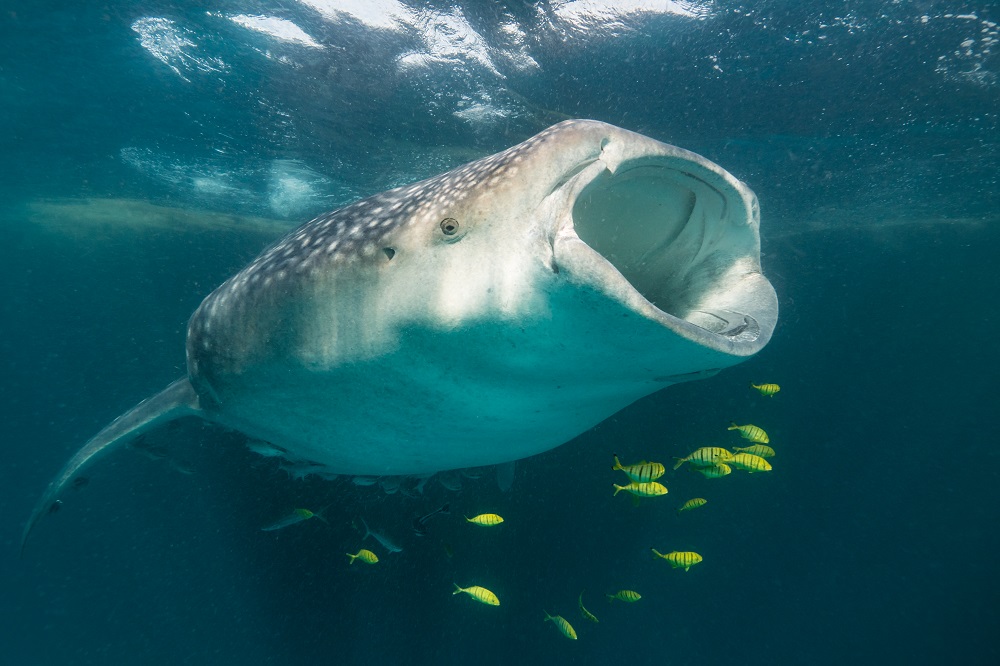
A new conservation planning tool will help planners identify and prioritise areas of the planet set to become home to countless refugee species, as the effects of climate change worsens.
The novel framework, which is the result of an international collaborative study led by The University of Queensland, uses simple climate metrics, such as global warming, ocean acidification, and more, and prioritises the protection of climate refugia in the design of protected areas.
UQ PhD candidate, Kristine Buenafe, whose master’s project was the basis of this study, said the new framework will be a valuable addition to conservation practitioners’ toolkits.
“There is a growing need for protected area design to explicitly account for climate change – but the lack of consensus on how to implement this is holding us back from making meaningful, effective, and long-term conservation efforts,” Ms Buenafe said.
“Climate change is already having profound effects on biodiversity, but climate adaptation efforts are yet to be fully incorporated into area-based management tools to conserve biodiversity, such as protected areas.
“Our framework helps fill this research gap by focusing efforts on protecting areas that are likely to serve as refuge for biodiversity in the face of climate change.
“Based on the metric chosen to describe climate change – for example, global warming – climate refugia are identified and incorporated in spatial prioritisation — the process of identifying protected areas for conservation.
“It’s an effective tool that will help protect species found in these areas at present, and will protect species that can and will move towards these locations in the future as the climate warms.”

Ms Buenafe said common, traditional approaches, such as SDMs or special distribution models, can be time-consuming and extremely data-intensive to incorporate into large conservation efforts for thousands of species.
“Although our approach does not explicitly link the response of biodiversity to the changing climate, it takes advantage of simple climate metrics as a robust generic proxy for species-specific responses,” she said.
“This framework can be used regardless of how big the region is or how many species are considered.
“Our framework can be modified to design protected area networks that connect large, protected areas prioritising the protection of climate refugia with smaller, stepping-stone protected areas.
“It makes use of climate metrics that help in the design of regional and global climate-smart spatial plans that consider hundreds to thousands of species, especially where species-specific information is lacking.”
Moving forward, researchers hope the framework will be used in practical spatial planning exercises for different ecosystems, study areas, and conservation objectives.
“This way, protected areas that will be established can be climate-smart and effective in conserving and protecting biodiversity in the long term against climate change,” Ms Buenafe said.
“We hope that our framework helps transition conservation planning towards climate-smart approaches.”
This research is published in Ecological Applications.
Media: Kristine Buenafe, k.buenafe@uqconnect.edu.au, +61 413 865 317; Faculty of Science Media, science.media@uq.edu.au, +61 438 162 687.



